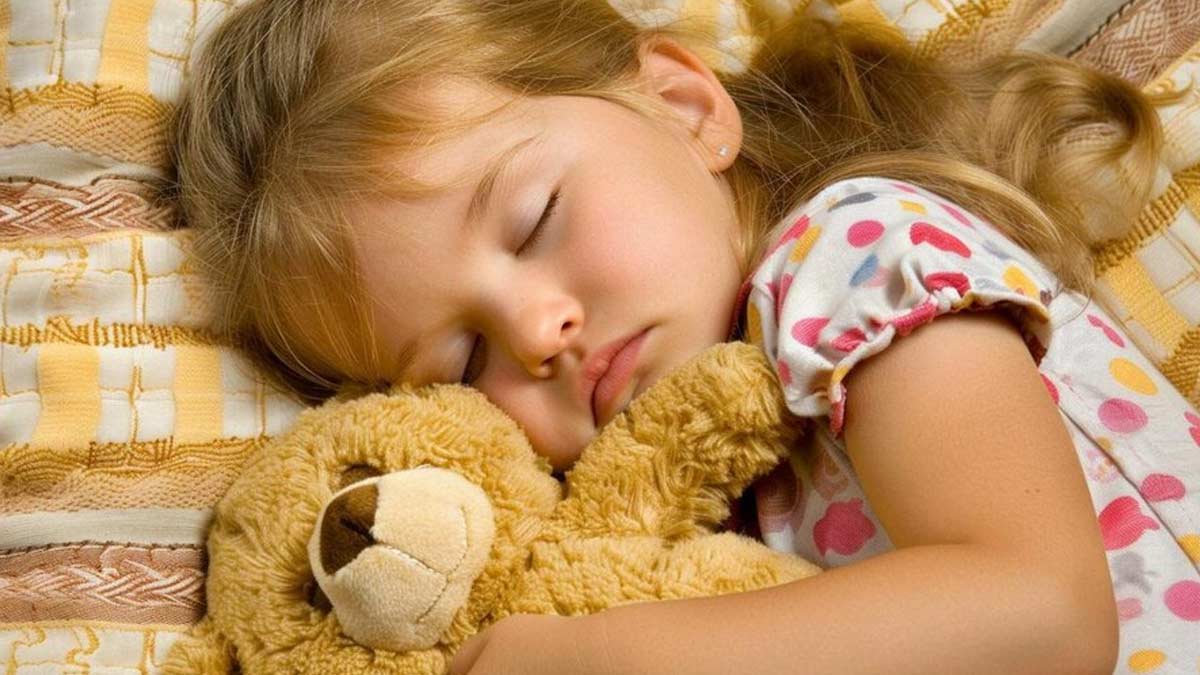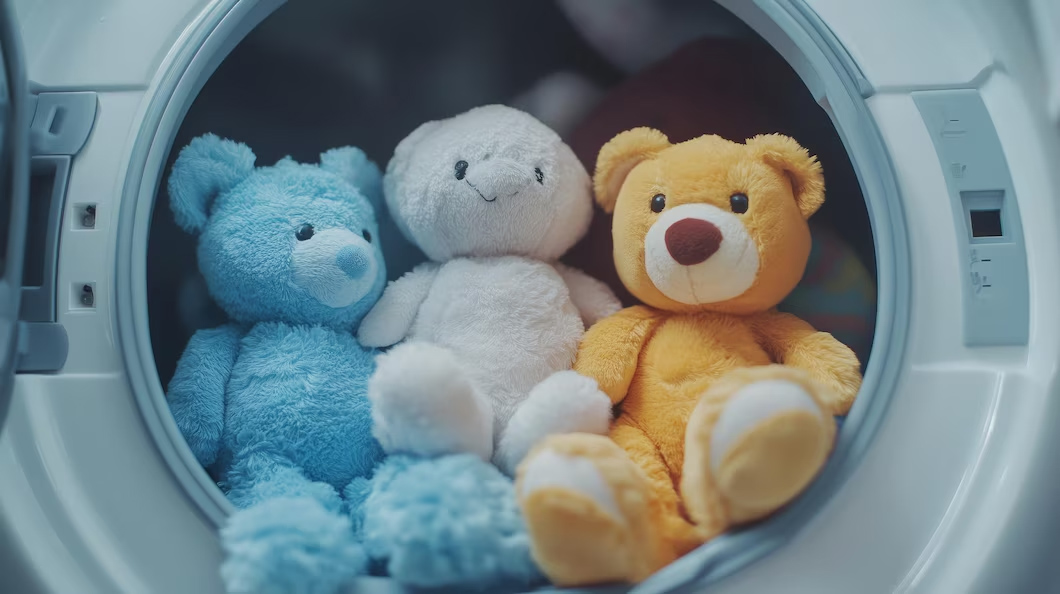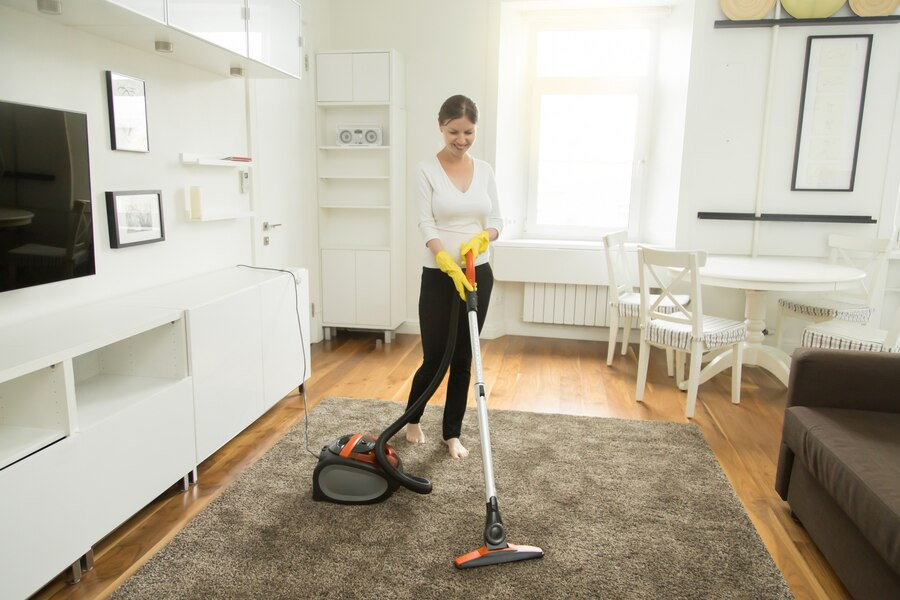
Are stuffed toys your child's favourite companions, offering comfort during cuddles and sleep? While they provide warmth and security, did you know these beloved toys might pose a hidden threat to your child's health? For children with asthma, common household items, like stuffed toys, can become a trigger that exacerbates respiratory issues. This can lead to sneezing, coughing, and other asthma symptoms. We spoke to our expert Dr Akash Shah, Consultant Pathologist, Neuberg Diagnostics, Ahmedabad, who explained how stuffed toys can trigger asthma symptoms and tips to manage it.
Table of Content:-
Connection Between Stuffed Toys and Asthma

According to a 2023 study, asthma is a chronic condition characterised by occasional flare-ups that involve inflammation of the bronchial airways, leading to symptoms like shortness of breath, coughing, wheezing, and difficulty with exercise. It is a common and often serious chronic disease among infants and children.
While pollen, mould, and pet dander are well-known culprits, another hidden factor that often goes unnoticed is dust mites. These microscopic creatures thrive in warm, humid environments and are commonly found in soft fabrics, including the stuffing and surfaces of children’s plush toys.
"Dust mites aren't the problem themselves, but their droppings contain proteins that can irritate the airways when inhaled. This can lead to common asthma symptoms like wheezing, coughing, shortness of breath, and chest tightness. For children who cuddle or sleep with stuffed toys, this daily exposure can lead to ongoing flare-ups and discomfort," explained Dr Shah.
Also Read: Intrinsic Vs Extrinsic Asthma: Expert Explains Symptoms, Causes, Diagnosis, And Treatment
Importance of Regular Cleaning
To minimise the risk of stuffed toys triggering asthma, maintaining a regular cleaning routine is essential. Dust mites are resilient but can be significantly reduced through proper hygiene practices. Here are some practical tips shared by the expert to keep stuffed toys clean and safe:

- Wash in Hot Water: Washing stuffed toys in hot water (at least 130°F or 54°C) once a week is one of the most effective ways to kill dust mites. Be sure to follow the washing instructions on the label to avoid damaging the toy.
- Thorough Drying: After washing, dry the toys thoroughly in a dryer on high heat. It is important to ensure the toys are completely dry since moisture can encourage the growth of dust mites.
- Freezing Non-Washable Toys: For toys that cannot be washed, placing them in the freezer for 24 hours can kill dust mites. After freezing, shake the toy well to remove dead dust mites and allergens.
- Limit the Number of Toys: Reducing the number of stuffed toys in a child’s room can decrease the potential for dust mites to accumulate. It’s also helpful to keep them away from the bed where children are most vulnerable during sleep.
Also Read: Asthma Exacerbations: Why Asthma Intensifies During Illness And How to Deal With It
Creating an Asthma-Friendly Home Environment

For children with asthma, a clean and well-managed living space can significantly reduce exposure to allergens and asthma triggers. This doesn't mean children have to give up their favourite toys, but it does require some diligence in keeping their environment free of hidden threats. According to a 2024 study, removing or regularly washing stuffed animals effectively reduces airborne house dust mite (HDM) allergens, leading to a significant decrease in their levels.
“In addition to cleaning stuffed toys, parents can adopt several measures to create an asthma-friendly home environment. Regular vacuuming, dusting, and washing of other household fabrics, such as curtains and bedding, can help reduce overall dust mite populations,” added Dr Shah. It’s also advisable to use dust-proof covers on pillows and mattresses to prevent dust mites from infiltrating other areas.
[Disclaimer: This article contains information provided by an expert and is for informational purposes only. Hence, we advise you to consult your own professional if you are dealing with any health issues to avoid complications.]
Also watch this video
How we keep this article up to date:
We work with experts and keep a close eye on the latest in health and wellness. Whenever there is a new research or helpful information, we update our articles with accurate and useful advice.
Current Version